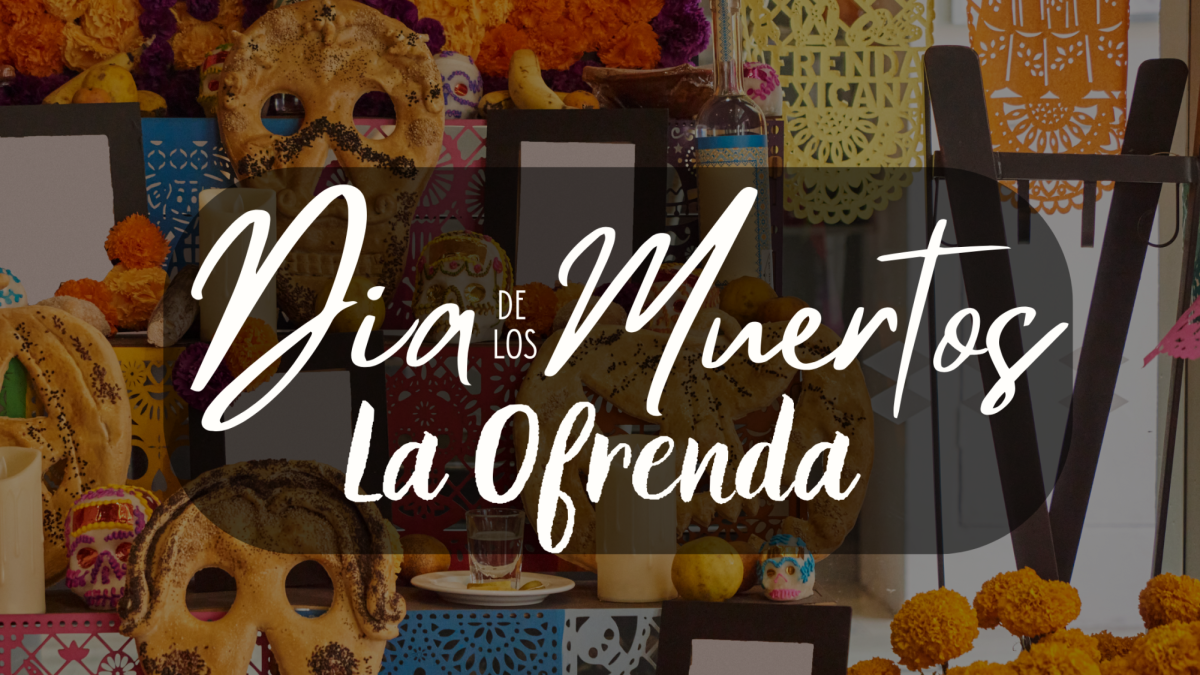Día de los Muertos is a traditional Mexican holiday dating back to early Aztec and Mayan culture where families got together to celebrate and honor the lives of those that have passed away.
Held on Nov. 1-2, people welcome back the souls of their loved ones by assembling an altar decorated with all sorts of items to help the souls connect with the living.
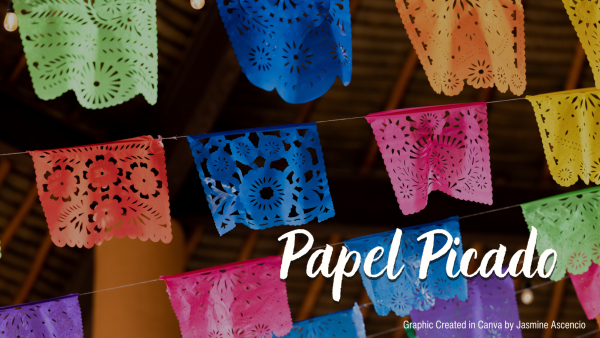
Aside from being a colorful decoration that gives the ofrenda a more lively appearance, papel picado represents the wind, one of the four main elements placed in every ofrenda. Papel picado uses the images of skulls and other details to represent the holiday’s celebration of death.
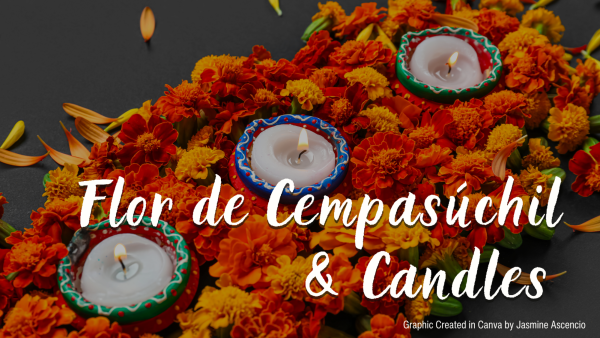
Flor de Cempasúchil, also known as the marigold, is one of the most well known elements of the ofrenda. The flower’s bright color is meant to light the way for our loved ones.
People often use the petals to decorate the path leading up to the ofrenda so that the deceased will feel happy and welcomed. Similarly, candles are lit to symbolize light and hope so that the flames can guide the spirits of the deceased there and back.
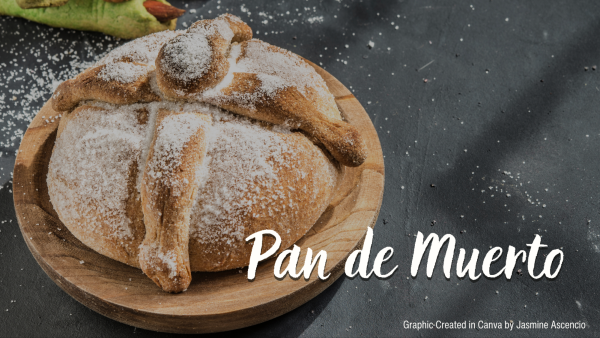
Known as the “Day of the Dead bread”, pan de muerto symbolizes the cycle of life and death of our loved ones. The shape of the bread is specific to Día de los Muertos celebrations, with each piece representing a different part of the body. Aside from the anatomical meaning, bread is also left at the altars so that the souls have something to eat once they have crossed over.
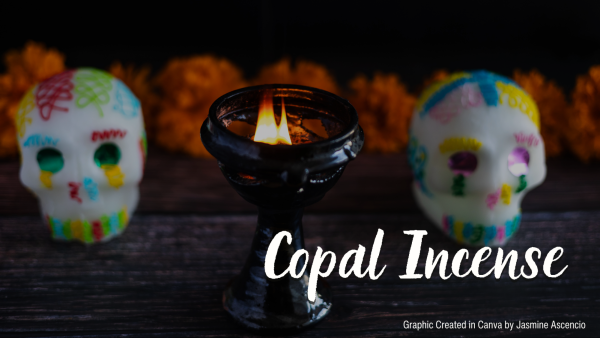
Mexican cultures use incense to purify the space where the ofrenda sits. The smoke is a form of purification necessary for the spirits to make a safe and sacred journey to this world, without encountering danger.
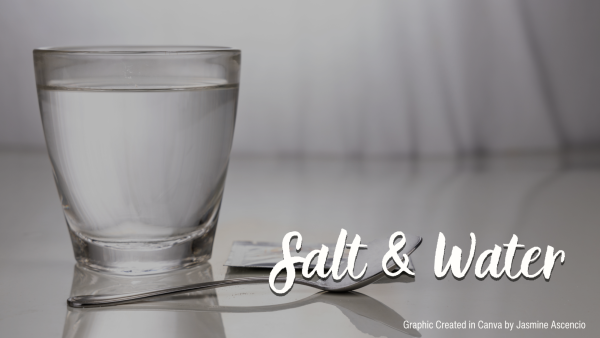
Salt and water are two more purification elements used to help the deceased make a safe journey there and back. Some cultures regard water as the ‘sign of life’ known to quench the thirst of the spirits once they’ve crossed over. Salt is laid in the shape of a cross for the stability of the body of the souls so that they make a safe return and come back the next year.
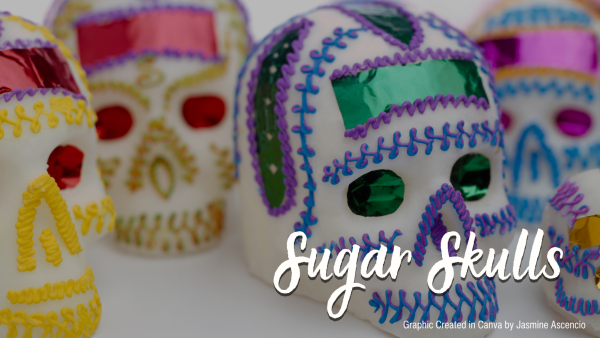
Similar to the pan de muerto, sugar skulls are a symbol for the cultural perspective on the sweetness of death. Traditionally, sugar skulls are made from chocolate or amaranth with the names of the deceased written across the forehead. Sugar skulls can also be found made from clay, wood and other material that makes it reusable for the next ofrenda.
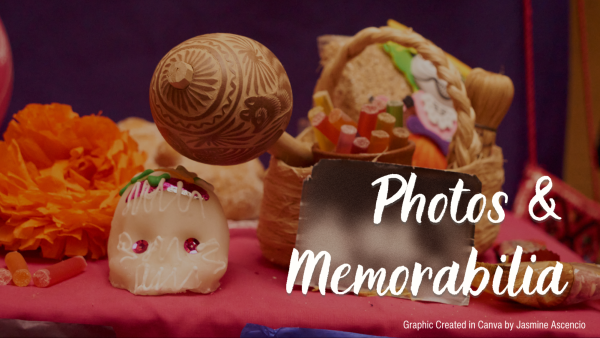
One of the most important elements of an ofrenda is the photos and personal memorabilia of the deceased. It honors the life of the deceased before their passing, often by using pictures of them with other friends and family. Along with memorabilia, it is used to help guide the spirits to their specific altar by having items they loved or used regularly.
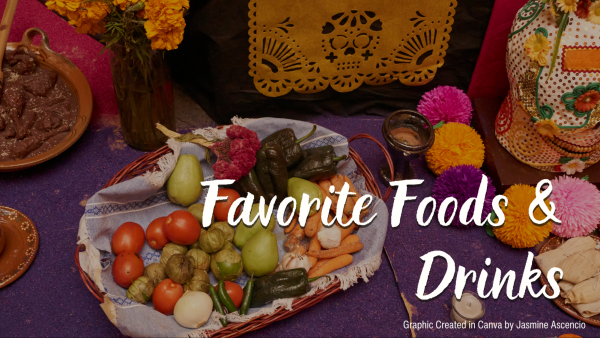
Like memorabilia, the purpose of their favorite food and drinks is to help guide the spirits to their altar by highlighting their specific interests. People will either place the deceased’s favorite food items around the altar, or place popular hispanic dishes such tamales or mole that can be enjoyed by the living as well.
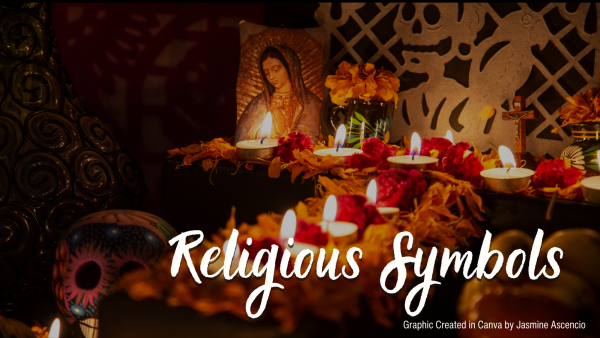
Since Día de los Muertos is observed along with Catholic holidays All Saints’ Day and All Souls’ Day, religious artifacts are often placed at the center of the altar so that the souls can be watched over once they’ve crossed. Many altars have crosses, rosaries, or even pictures of the Virgin Mary for protection.
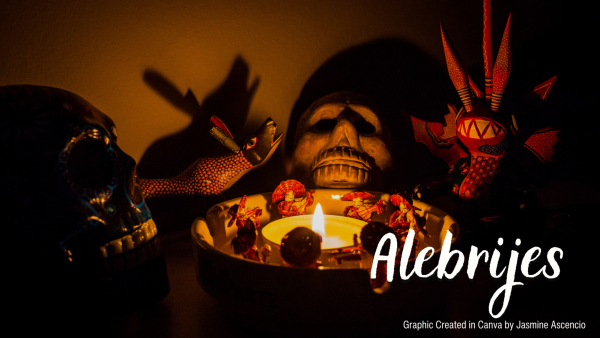
Alebrijes are colorful art sculptured animals known for their unique fusion of different creatures into one. These creatures serve as guardian angels of the spirit world who look after the souls of our loved ones once they have crossed over. Aside from the protection they bring for souls on their journey back, they are also placed on the altar to bring a more colorful look to catch the spirit’s attention.































































































































